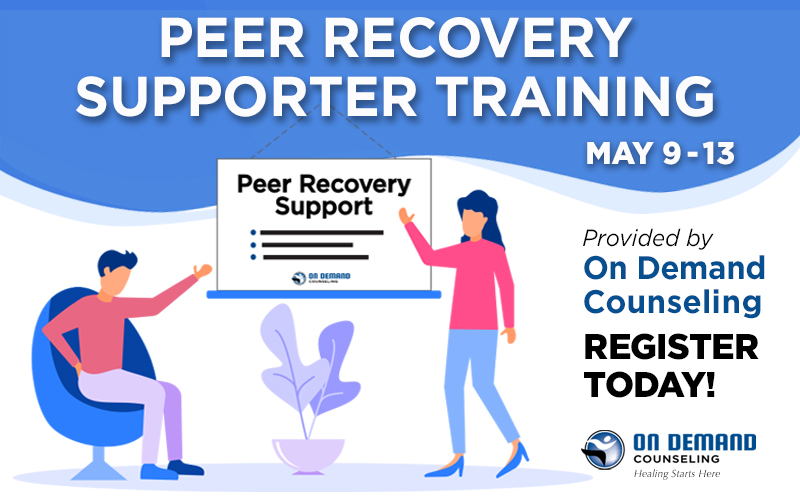What is EMDR Therapy? 
EMDR stands for eye movement desensitization and reprocessing and is a form of psychotherapy commonly used on patients with previous trauma. Only certified therapists may practice EMDR therapy on patients. During an EMDR therapy session, patients are stimulated bilaterally. Bilateral stimulation is typically conducted with eye movements, tapping or vibrations. For example, a therapist may ask a patient to follow an object with their eyes from left to right, or hold hand vibrators in each hand with alternating pulses.
Can EMDR therapy be done in one session?
Although patients can experience significant changes after one session, EMDR usually takes a few sessions to for patients to reap the most benefits. EMDR therapy is actually conducted in eight phases from assessment to stimulation to closure. In phase one, therapists usually assess the patient to ensure EMDR is right for them and then works with the patient to develop a treatment plan. In phase two, certified EMDR therapists make sure the patient has multiple, effective techniques to conduct on their own when feeling triggered outside of counseling sessions. Because EMDR can be intense and cause rapid change in a person’s brain, it’s important patients to identify these feelings and know how to handle them as they occur. In stages three to six, the traumatizing memories are recalled and identified.
Once a patient has identified the visual memory and the thoughts and feelings surrounding that memory, the EMDR therapist can begin stimulation and direct the client to identify a positive emotion in place of the negative ones. For instance, a rape victim may originally associate their trauma with disgust, humiliation or weakness. Once the negative feelings have surfaced, the patient will bring forth a positive feeling like “I am strong” or “I am a survivor.” Phases three through six focus on associating these new, positive thoughts with the old trauma thus reworking the memory and encouraging healing.
Phases seven and eight are “closure” stages for the patient. Typically, patients are re-examined to determine their current mental health state or to see if the EMDR therapy was successful. The eight total phases can sometimes be done in one long session for those with a single traumatic event, but usually take several sessions over a span of time.
Would EMDR work for me? 
Not everyone benefits from traditional therapy, and EMDR therapy can be most beneficial to those struggling with PTSD or trauma. EMDR does not require patients to recall the distressing event in detail, but rather just the visual memory and associated feelings. EMDR also tends to be quicker than traditional therapy because of its intensity. Those looking for a treatment plan with rapid outcomes and a high level of effectiveness may be a good fit for EMDR therapy.
Ultimately, you and your counselor will determine if this type of psychotherapy is right for you.
Does EMDR therapy actually work?
EMDR therapy has a high success rate. According to the Permanente Journal, “seven of 10 studies reported EMDR therapy to be more rapid and/or more effective than trauma-focused cognitive behavioral therapy.” Additionally, 12 more studies showed that patients were experiencing a rapid decrease in negative thoughts and emotions associated with distressing events.
Nearly 90% of patients with a single trauma can be processed within 3 sessions while patients with prolonged trauma may take several more sessions. PTSD is common in military veterans and EMDR is frequently used on these patients. In fact, a study reported that after 12 sessions 77% no longer had post-traumatic stress disorder.
It’s important to note that there can be some unpleasant side effects when going through EMDR therapy. The most common side effect is resurfaced, painful memories during, between or after treatments. The human brain sometimes suppresses painful memories (which is why EMDR works best to surface and re-process them) and these memories are likely to come to mind and cause distress. Certified therapists will work with patients experiencing these type of painful memories and provide techniques to manage them.
How do I schedule an EMDR appointment?
On Demand Counseling has several EMDR certified therapists across Mahoning, Columbiana and Trumbull counties. If you are looking to begin EMDR therapy, or if you simply want to learn more, you can ask your counselor or call your nearest On Demand Counseling location.
There are many resources for people looking for more about EMDR:
EMDR International Association




